Runa Ray Is Using Her Fashion Design To Spread Environmental And Social Justice Awareness
Runa Ray
By Megan Valle
At five years old, Runa Ray won an art competition for UNICEF to have her painting printed on postcards and distributed worldwide. Decades later, she stood before the United Nations as a fashion designer and environmentalist, advocating for climate change and the effects of the fashion industry on the environment.
As a young girl growing up in India, Ray found herself most comfortable using art to express herself. It was obvious to Ray that she would eventually work in a creative field. Still, she was at a crossroads when it came time to pick a field of study in college.
Runa Ray
She could either become a doctor or go into the arts. Her mother was pivotal in helping her decide which path to take.
“She said, I think you should take up the arts because I think you could make a difference in this field,” Ray said.
This decision began Ray’s long and successful career of sustainable fashion design and environmental and social justice advocacy.
“When I took up the arts, I found that it was very natural to me,” she said. “I completely loved it and that’s when I joined fashion.”
Ray applied to the National Institute of Fashion Technology and was one of thirty people accepted. There, she excelled as a student and even won the Best Design Collection Award. She then decided to pursue her master’s degree in Paris where she worked for fashion powerhouses Christian Dior and John Galliano. After completing her degree, Ray returned to India to begin her professional career in the corporate industry. This is when she became aware of the concept of sustainability.
“It started off with not just the supply chain, but the organization and the people within it,” she said. “There was so much wastage that kept happening with prototyping of styles, rejection of styles and fabrics. I realized working with these companies that there was so much waste being generated and nothing good came out of it.”
Runa Ray
Ray decided to leave the corporate world to develop her own fashion initiatives. In 2012, she started her company My Voute, a fashion storehouse using sustainable methods of production and specializing in ancient indigenous garmenting techniques.
“I started just manufacturing jackets,” she said. “And that was just using surplus fabrics. I didn’t do any size sets, I had many different colors, and it was just a completely different business format than I had previously worked with.”
Ray’s brand quickly gained popularity. She started retailing in Southeast Asia, specifically in Singapore and over the next four years, her brand continued to grow. In 2016, she was selected to showcase her collection at New York Fashion Week.
Runa Ray
“That’s when I had the advent of zero stitch garments where there was almost negligible carbon footprint produced by machines,” she said. “So, most of the fabric was folded and made into garments. I utilized the origami technique for that.”
The origami technique, also known as fabric folding, has been part of the fashion industry for centuries. Pleated skirts and ruffled gowns are just a few popular clothing items made with this technique. Ray utilizes the origami technique to create zero-waste garments.
Zero-waste garments are produced with little to no textile waste. To do this, designers must fit their pattern pieces together so that no fabric is wasted during the cutting phase. This means eliminating odd spaces between pattern pieces, designing patterns that fit together perfectly like a puzzle, or using leftover fabric to create embellishments.
Ray went on to show two more collections at New York Fashion Week and garnered the attention of people in the environmental field.
“There were people at the fashion week who had attended my shows, and they put me into contact with the United Nations,” she said.
In 2015, UNICEF developed a program called The Sustainable Development Goals, SDGs, to end poverty, reduce inequality and build more peaceful, prosperous societies by 2030. There are 17 SDGs in total including no poverty, zero hunger, and climate action.
“They had seen my designs and there was this one garment, which spoke about life on land and life underwater that was part of a three garment exhibition I had” she said. “It aligned with SDG 13, the climate change SDG, and so they came to my office to see it, and got to know who I was and got to see my work. And that’s how one thing led to the other.”
After seeing Ray’s efforts to educate people on climate change through her designs, the United Nations invited her to showcase her collection at the 2019 United Nations Green Fair in New York City.
Ray presented her collection and spoke about bringing awareness to the fashion industry’s wastefulness and lack of sustainable practices, and presented the thoughtful and resourceful ways she creates her sustainable clothes. She highlighted her use of the origami technique and natural plant dyes.
“Fabric of the Ocean”, Runa Ray.
She was then invited to speak at the 2020 United Nations Ocean Week where she further explained her use of natural plant dyes.
“I started working with extraction of chlorophyll from discarded flower markets to get inks to negate the requirement for digital prints,” she said. “At the United Nations Ocean Week, I worked with this one technique called the art of floating inks. I printed like 230 meters of fabric using like 40 liters of water, which was huge.”
Suminagashi, the art of floating inks, is a centuries old Japanese form of water art called marbling. The technique quickly became popular throughout Europe and the rest of the world and is now often used for fabric design.
“Fabric of the Ocean”, Runa Ray.
Ray continued to showcase her love for plant-based textiles and unique garment creation techniques with her 2020 collection “Fabric of the Ocean” in collaboration with Oceanic Global.
Oceanic Global is a nonprofit that creates educational experiences to encourage behavior that protects the ocean’s health and, in turn, our own. They raise awareness for the devastating effects of human consumption on aquatic ecosystems, and work with leading scientists, conservationists, artists, and industry experts to make real change.
“We decided to collaborate on microplastics and getting people to understand the detriments of it,” she said.
“Fabric of the Ocean”, Runa Ray.
The collection was made entirely out of algae Ray collected on the beaches of Northern California.
“I felt that it was time not to make new clothes, but to do something where we can educate people, but through fashion,” she said.
Ray explained that there is currently an overpopulation of algae blooming on beaches because of microplastics caused by human activity.
“They bloomed because of human activity and the increase of nitrogen content in the water,” she said. “And this could also be not just from human activity, it could be anything, it could be from a dyeing industry, it could be textile waste, anything of this sort can cause the algae to bloom. And this can be detrimental to crustaceans that live under water, to fish, and even to animals wading in it. And this is something that we are causing.”
She said that too much algae can block up space in both freshwater and saltwater, which is bad for the underwater ecosystem and humans.
The collection will be showcased virtually at Monaco Ocean Week in March 2021 and donated to the Monterey Bay Aquarium when they reopen.
Runa Ray
Ray believes that environmental justice and social justice are inextricable. While she’s done a lot of environmental activism, she plans to do more social justice work through her new organization Peace Activism.
The grassroots organization believes in the power of art, and its intersection with peace and climate change.
Peace Activism is a member of the International Campaign to Abolish Nuclear Weapons, The International Peace Bureau, World Beyond War and The United Religions Initiative.
Runa Ray
Ray recently launched The Peace Flag Project with her organization, which aims to have 193 countries participate to have their flag displayed annually at the United Nations on the International Day of Peace to commemorate the Treaty on the Prohibition of Nuclear Weapons that officially went into effect on January 22, 2021.
Ray got the city of Half Moon Bay, CA and the county of San Mateo, CA to pass a peace resolution that would allow them to participate in the project together. Thousands of canvases were sent to their schools for children and adults to write what peace means to them.
“We had 900 submissions from most of the schools in Half Moon Bay,” she said. “So we collected them, and we constructed them into large flags. And all these flags are right now being displayed at the City Council in Half Moon Bay.”
Once she gets the canvases from San Mateo, Ray hopes to have all the flags moved to and displayed at the United Nations in New York.
Ray believes fashion is the reason she’s able to connect her environmental activism and social justice initiatives. It’s given her the space and creativity to educate people on the issues that matter to her. She plans to continue educating people on these issues through Peace Activism and fashion design.
“Fashion is one of the greatest mediums I've ever come across,” she said. “Where you have journalism, you have the arts, you've got music, you've got everything that all comes together. And when people like you and me get together, we can make a huge impact.”
Featured





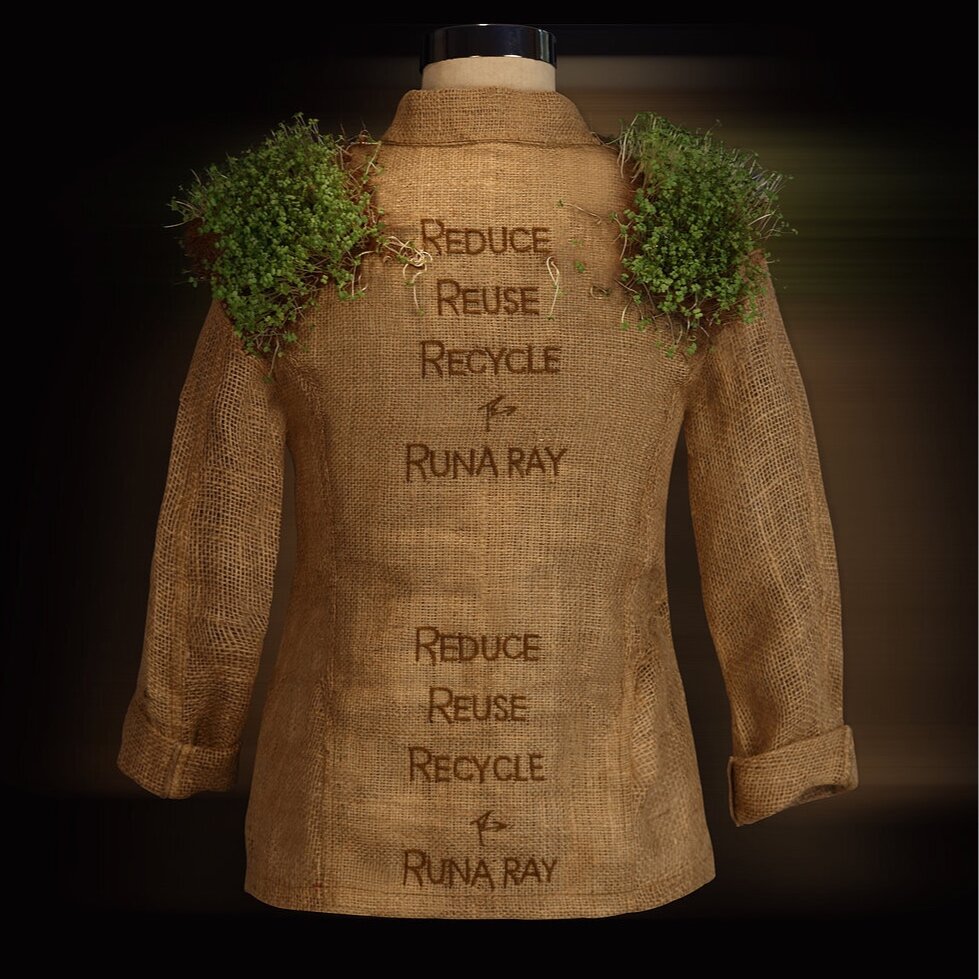
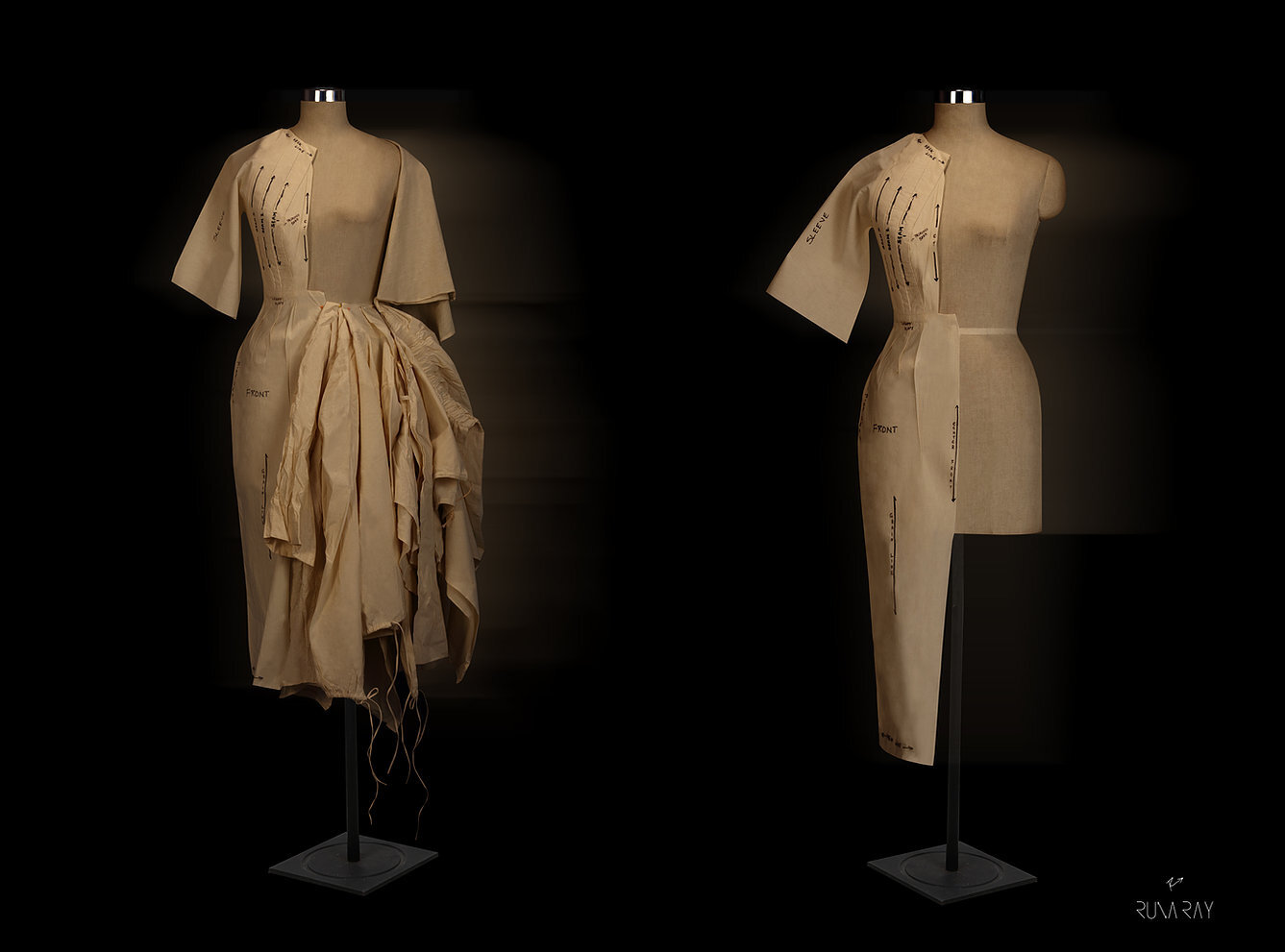




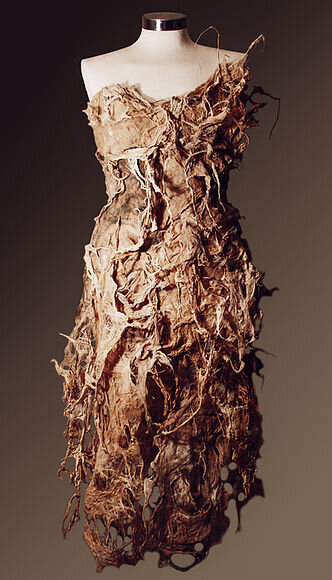

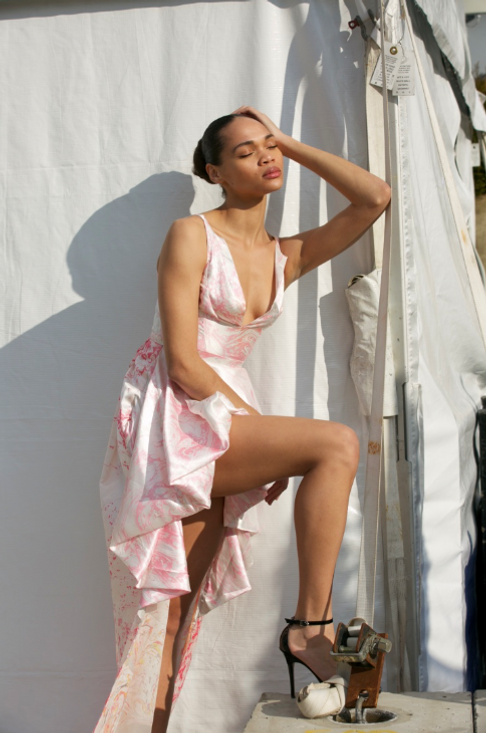


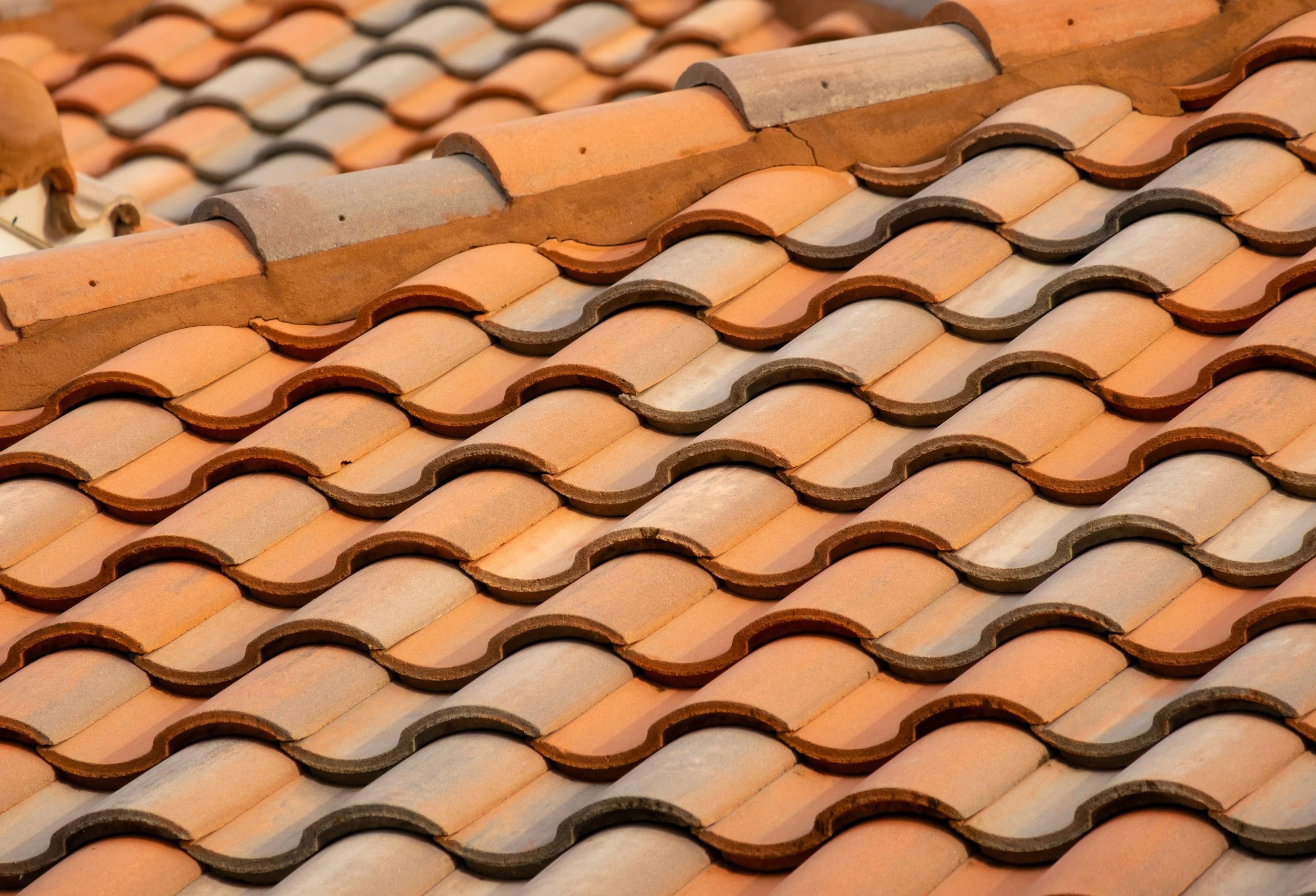


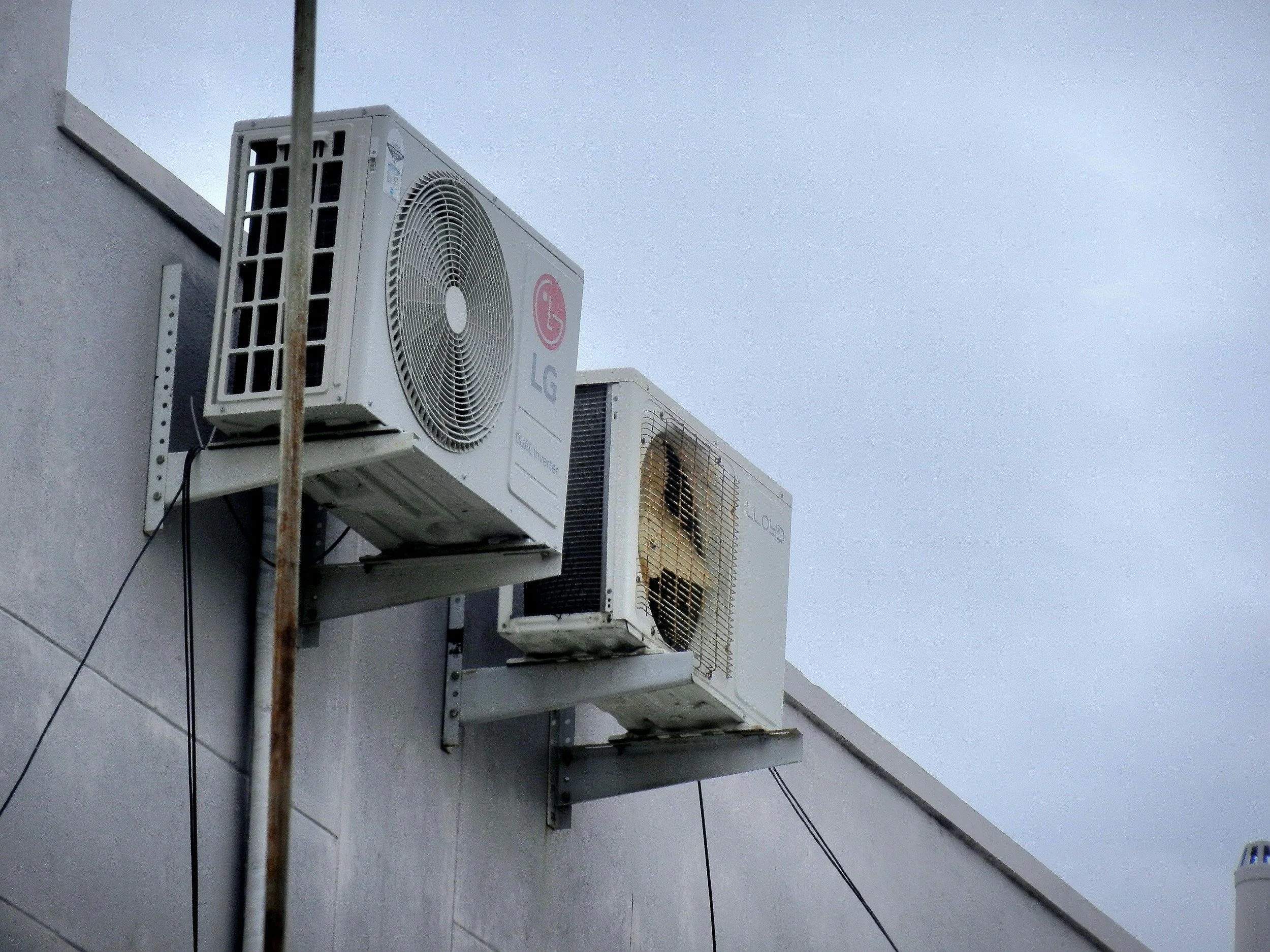
Water management plays an essential role in maintaining the safety and stability of a home.